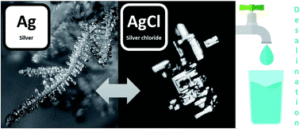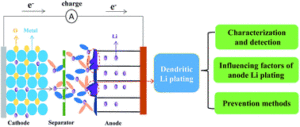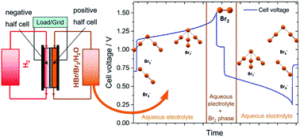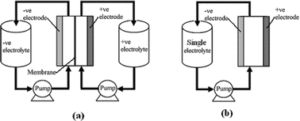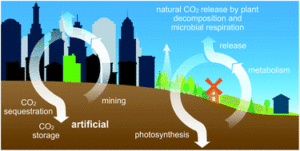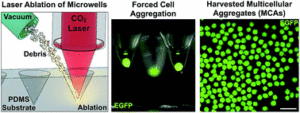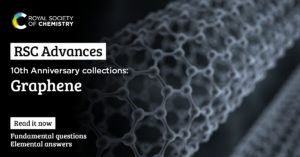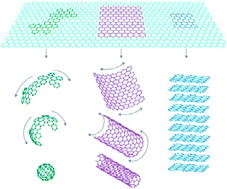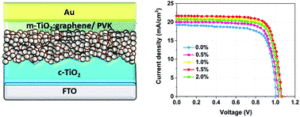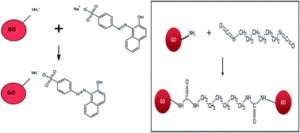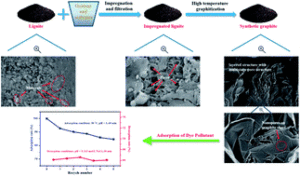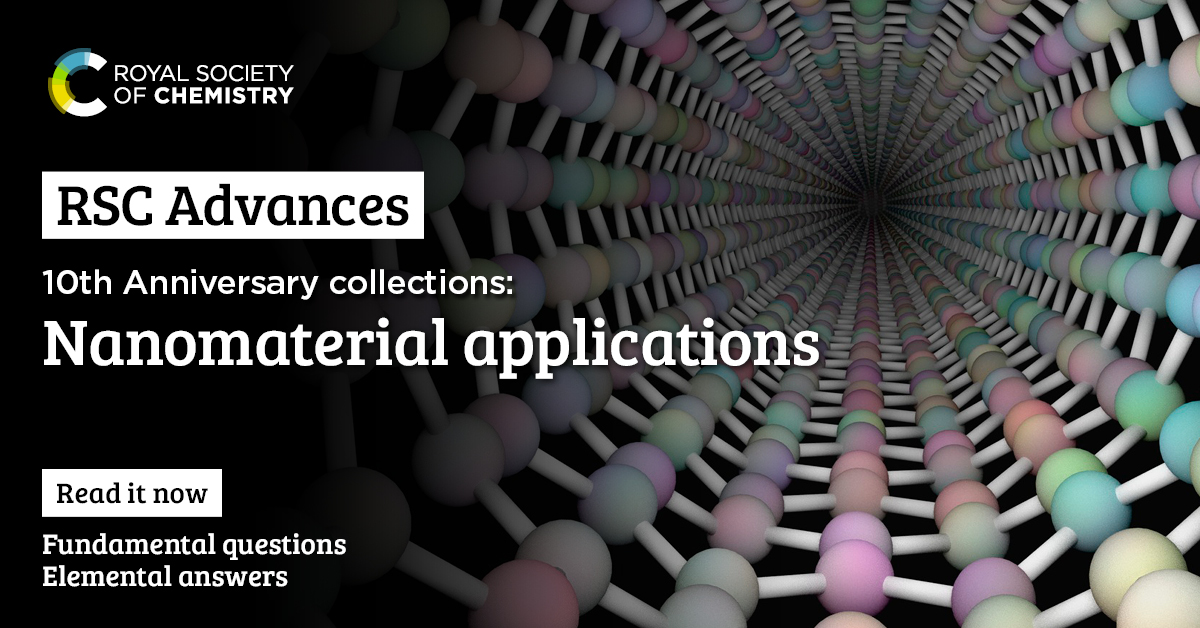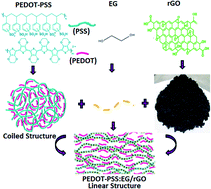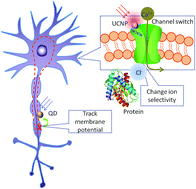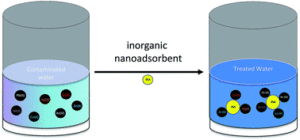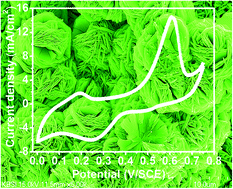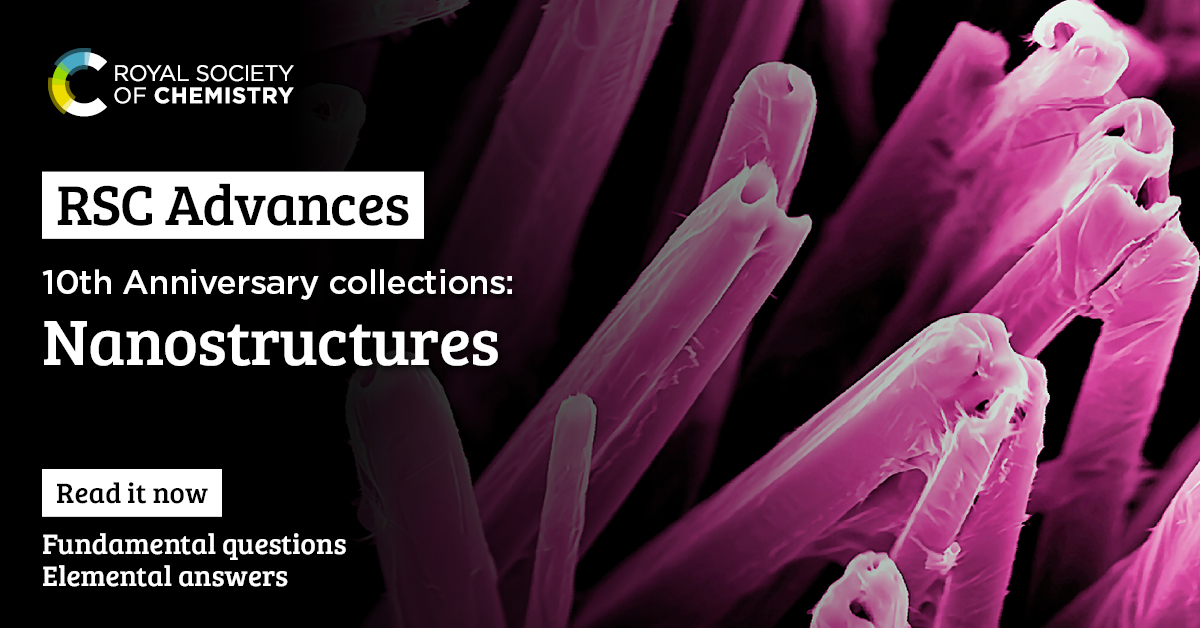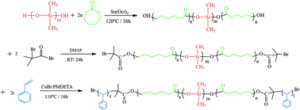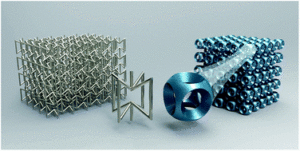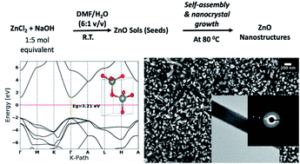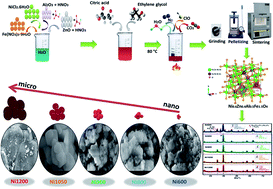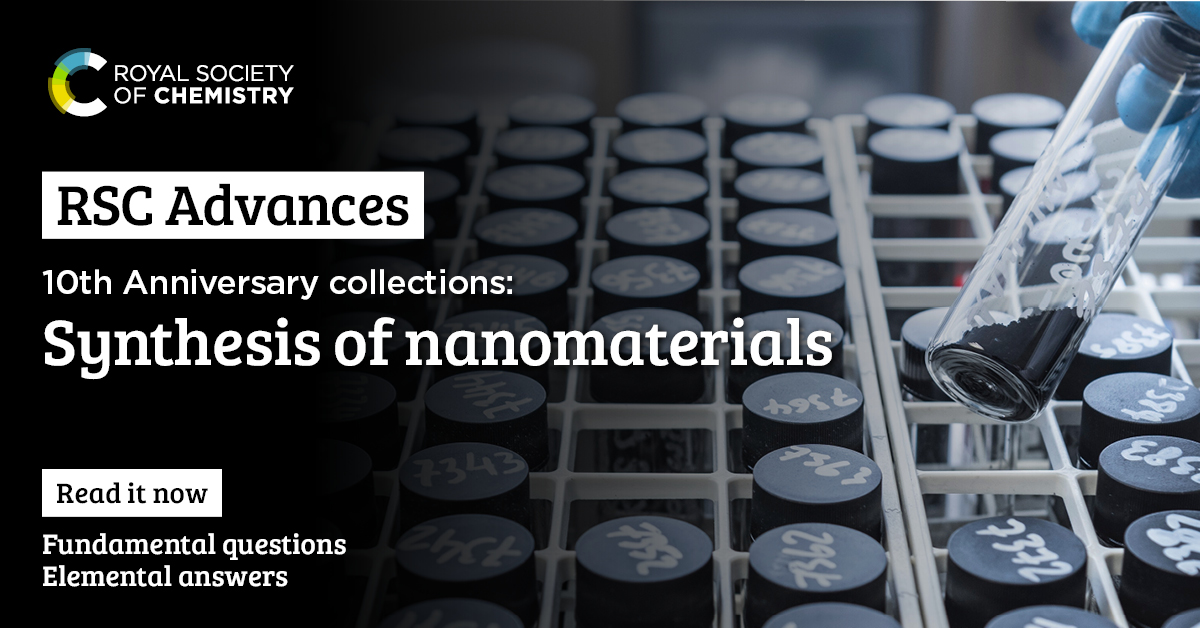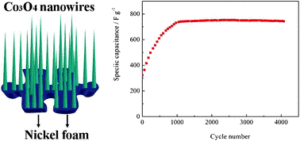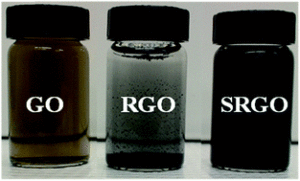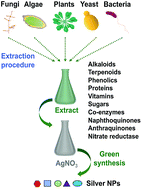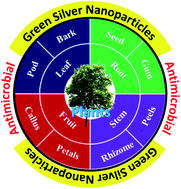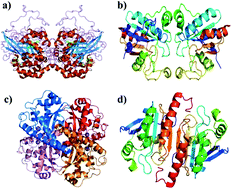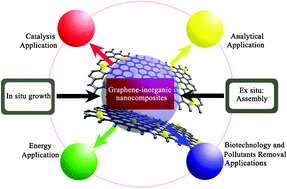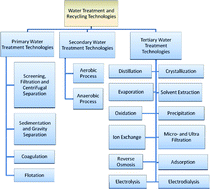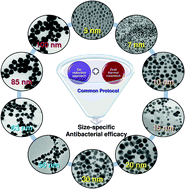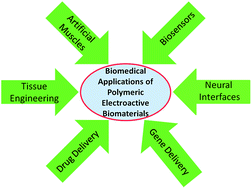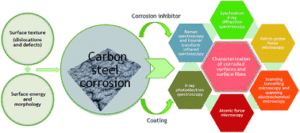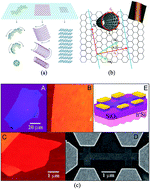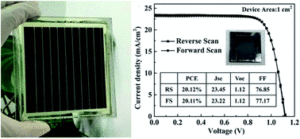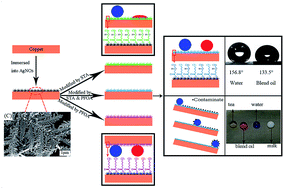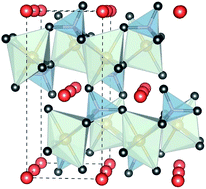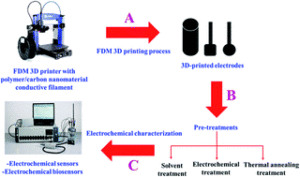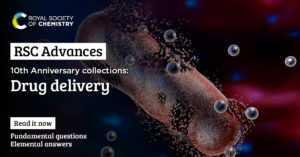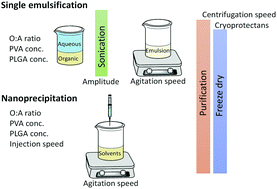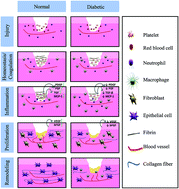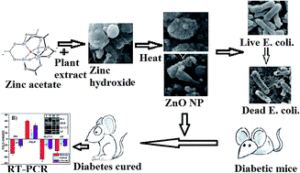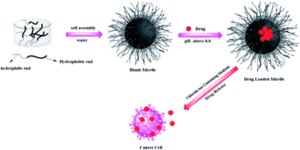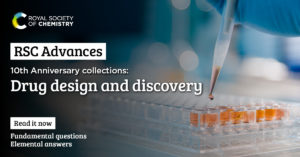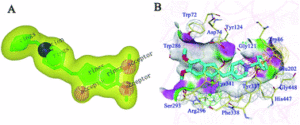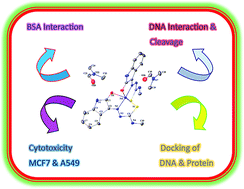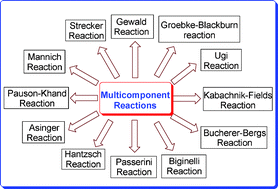 In 2011 the Royal Society of Chemistry published the first issue of RSC Advances, and to celebrate our 10th anniversary we would like to share with you some of the very best articles that have been published in the journal throughout the years.
In 2011 the Royal Society of Chemistry published the first issue of RSC Advances, and to celebrate our 10th anniversary we would like to share with you some of the very best articles that have been published in the journal throughout the years.
In this blog collection, 10 selected RSC Advances articles that have received high media attention are showcased, demonstrating the attention given to research published in the journal by non-scientists and the impact as perceived by the general public.
Do you have a great idea for a review? We welcome work in every area of the chemical sciences and related disciplines – free to read and access for everyone who needs it.
Find out more about the history of RSC Advances and how we got to where we are today in the Editorial: RSC Advances: celebrating 10 years of publication.
We will continue to celebrate RSC Advances 10th Anniversary over the next few months and we look forward to sharing more articles and activities with you – follow us on Twitter or sign up for RSC Advances news for updates on our anniversary celebrations.
We hope you enjoy our 10th Anniversary collections!
RSC Advances Editorial team
 “Wetsuit filled with heavy gas could increase divers’ survival time by hours”
“Wetsuit filled with heavy gas could increase divers’ survival time by hours”
“The navy is hacking wetsuits for arctic warfare”
“How to turn wetsuits into ‘artificial blubber'”
The article:
Noble-gas-infused neoprene closed-cell foams achieving ultra-low thermal conductivity fabrics
Jeffrey L. Moran, Anton L. Cottrill, Jesse D. Benck, Pingwei Liu, Zhe Yuan, Michael S. Strano and Jacopo Buongiorno
Article, 2018
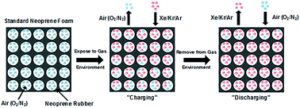
 “New study investigates how green tea could lead to a drug for tackling Covid-19”
“New study investigates how green tea could lead to a drug for tackling Covid-19”
“Study suggests green tea may help fight COVID-19”
The article:
Identification of (2R,3R)-2-(3,4-dihydroxyphenyl)chroman-3-yl-3,4,5-trihydroxy benzoate as multiple inhibitors of SARS-CoV-2 targets; a systematic molecular modelling approach
Jubie Selvaraj, Shyam Sundar P, Logesh Rajan, Divakar Selvaraj, Dhanabal Palanisamy, Krishnan Namboori PK and Suresh Kumar Mohankumar
Article, 2021
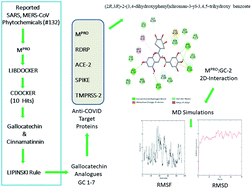
 “‘Corrective glass’ for mass spectrometry imaging”
“‘Corrective glass’ for mass spectrometry imaging”
“Laser ablation technique images non-flat surfaces”
The article:
Mapping metabolites from rough terrain: laser ablation electrospray ionization on non-flat samples
Benjamin Bartels, Purva Kulkarni, Norbert Danz, Sebastian Böcker, Hans Peter Saluz and Aleš Svatoš
Article, 2017
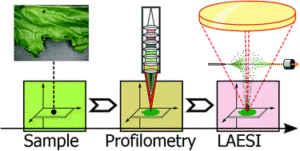
 “Swallowable capsule gathers bacteria from the gut”
“Swallowable capsule gathers bacteria from the gut”
“Swallowing this colonoscopy-like bacteria grabber could reveal sectrets about your health”
“Researchers develop new tool that acts like colonoscopy”
The article:
Smart capsule for non-invasive sampling and studying of the gastrointestinal microbiome
Jose Fernando Waimin, Sina Nejati, Hongjie Jiang, Jake Qiu, Jianghsan Wang, Mohit S. Verma and Rahim Rahimi
Article, 2020
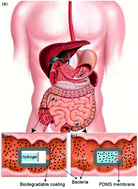
 “Wearable sensor clears path to long-term EKG, EMG monitoring”
“Wearable sensor clears path to long-term EKG, EMG monitoring”
“Ultra-accurate dry sensor could take wearables to the next level”
The article:
Wearable silver nanowire dry electrodes for electrophysiological sensing
Amanda C. Myers, He Huang and Yong Zhu
Article, 2015
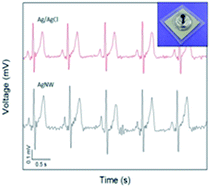
 “3D-printed milk: researchers develop low-temperature technique to preserve nutrients”
“3D-printed milk: researchers develop low-temperature technique to preserve nutrients”
“Milk products can now be printed in 3D”
The article:
3D printing of milk-based product
Cheng Pau Lee, Rahul Karyappa and Michinao Hashimoto
Article, 2020
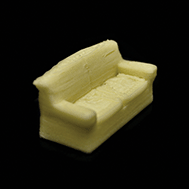
 “Microwaved nanotubes come up clean”
“Microwaved nanotubes come up clean”
“Household oven decontaminates carbon nanotubes”
The article:
Enhanced purification of carbon nanotubes by microwave and chlorine cleaning procedures
Virginia Gomez, Silvia Irusta, Olawale B. Lawal, Wade Adams, Robert H. Hauge, Charles W. Dunnill and Andrew R. Barron
Article, 2016
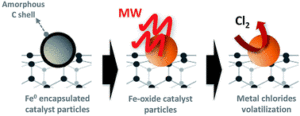
 “Scientists try to transform CO2 into useful industrial material”
“Scientists try to transform CO2 into useful industrial material”
“Transforming atmospheric carbon into industrially useful materials”
The article:
Plant-based CO2 drawdown and storage as SiC
Suzanne T. Thomas, Yongsoon Shin, James J. La Clair and Joseph P. Noel
Article, 2021
 “Open-source laser fabrication lowers cost for cancer research”
“Open-source laser fabrication lowers cost for cancer research”
Jacob L. Albritton, Jonathon D. Roybal, Samantha J. Paulsen, Nicholas J. Calafat, Jose A. Flores-Zaher, Mary C. Farach-Carson, Don L. Gibbons and Jordan S. Miller
Article, 2016
 “Recycled tires could power new lithium-ion batteries”
“Recycled tires could power new lithium-ion batteries”“Recycled tires help recharge batteries”
Amit K. Naskar, Zhonghe Bi, Yunchao Li, Sam K. Akato, Dipendu Saha, Miaofang Chi, Craig A. Bridges and M. Parans Paranthaman
Article, 2014
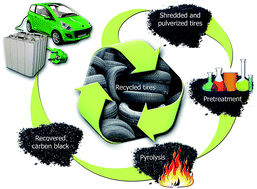
 Submit to RSC Advances today! Check out our author guidelines for information on our article types or find out more about the advantages of publishing in a Royal Society of Chemistry journal.
Submit to RSC Advances today! Check out our author guidelines for information on our article types or find out more about the advantages of publishing in a Royal Society of Chemistry journal.
Keep up to date with our latest HOT articles, Reviews, Collections & more by following us on Twitter. You can also keep informed by signing up to our E-Alerts.
Comments Off on RSC Advances 10th Anniversary: Articles in the news
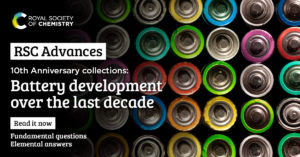 Looking back over the last 10 years, we would like to share with you some of the very best articles that have been published in RSC Advances. Many of these papers have been cited hundreds of times, providing valuable advances for further research, and some continue to be among the journal’s most downloaded articles as of today. Over the years, new findings in chemistry have been published in the journal but there are also high quality reviews – they truly are gifts between researchers serving as valuable sources of information for anyone needing an update or is new to a field.
Looking back over the last 10 years, we would like to share with you some of the very best articles that have been published in RSC Advances. Many of these papers have been cited hundreds of times, providing valuable advances for further research, and some continue to be among the journal’s most downloaded articles as of today. Over the years, new findings in chemistry have been published in the journal but there are also high quality reviews – they truly are gifts between researchers serving as valuable sources of information for anyone needing an update or is new to a field. Submit to RSC Advances today! Check out our author guidelines for information on our article types or find out more about the advantages of publishing in a Royal Society of Chemistry journal.
Submit to RSC Advances today! Check out our author guidelines for information on our article types or find out more about the advantages of publishing in a Royal Society of Chemistry journal.

